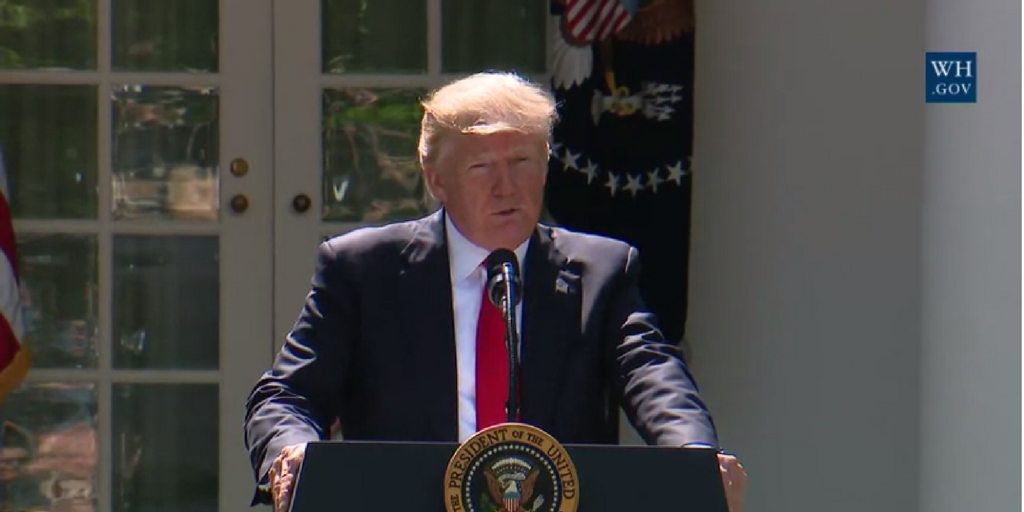
by Fronetics | Jun 21, 2017 | Blog, Current Events, Logistics, Manufacturing & Distribution, Supply Chain, Transportation & Trucking
This post comes to us from Kevin Jessop of Cerasis, a top freight logistics company and truckload freight broker.
The Paris Climate Agreement. Let those words hang for a moment.
Throughout the course of the 2016 election and now the Trump Administration, many Americans have expressed dissatisfaction with the Paris Climate Agreement. True to campaign promises, the new Administration has started the process of removing the U.S. from the agreement, which has major implications for supply chains and shippers around the globe. While the Trump Administration’s impact on supply chains has been discussed previously on Cerasis’ blog, the president’s decision to leave the agreement has shocked the industry, and you need to understand why and what is really going to happen over the next four years.
What Is the Current State of the U.S. in the Paris Climate Agreement?
This may come as a shock, but the Paris Climate Agreement has only been in force since November 4, 2016. As a result, the U.S. has not yet enacted changes under the agreement. The only measure that would have fallen under the Agreement’s terms is the continuation of Customs and Border Protection’s (CBP) rules for maritime statutes.
Lawmakers would have likely passed new legislation to increase environmental scrutiny of supply chains and shippers over the next few years. Moreover, the U.S. would have sent monies to Convention of Countries within the Agreement to help fund eco-conscious goals. The Administration’s actions indicate such changes are not likely to occur, but they could still happen. But, how?
What Is the Timeline for Withdrawal?
The full text of the Paris Climate Agreement is available online through the United Nations Framework Convention on Climate Change (UNFCCC). Article 28 defines the process through which a member of the original Convention may withdraw from the Agreement, and it is a surprise to many to learn that the new Administration cannot simply flip a switch.
Article 28 states that any country wishing to withdrawal may only do so after three years have passed since the agreement went into force. Since the enforcement date was November 4, 2016, a country cannot submit a notification of withdrawal until November 4, 2019. Now, there is another side of the withdrawal.
To prevent countries from withdrawing due to political changes and safeguard the longevity of the planet, any withdrawal still requires a one-year term from the date of notification. In other words, the Administration cannot effectively withdraw from the agreement until at least November 4, 2020.
The 2020 Presidential Election is scheduled for November 3, 2020. This means that if President Trump follows through with submitting a notification of withdrawal in 2019, actual withdrawal will not occur until the day after the 2020 election. Therefore, the question becomes, “How would a notification of withdrawal play out during the election? And if so, will it help or hurt his chances or re-election?”
The precedent for polarization during the previous election cycle indicates President Trump will proceed with plans to withdraw the U.S. from the Agreement when the time comes. The June announcement is merely a call to action to prepare for withdrawal over the next few years. So, what does that mean to both domestic and international supply chains?
The Impact of Withdrawal on Supply Chains.
There are only three countries on the planet, counting the U.S. intention to withdraw, that are not part of the agreement now. This means that every foreign-originating business transaction with U.S. manufacturers, distributors or other partners, except for Syria and Nicaragua, will be at risk. The governments of other countries may look unfavorably at working with U.S. companies due to the new Administration’s plans.
Multiple big-business empires, ranging from Facebook to Goldman Sachs, have condemned the move to withdraw. According to BBC News, part of their rationale is simple. The changes the Agreement dictates reflect existing concerns and actions that many U.S. businesses, including shippers, have already undertaken. Even ExxonMobil, a company whose previous CEO holds the title of Secretary of State, urged the new Administration to remain in the Agreement.
These major companies have already invested time and money in energy-efficienct, eco-conscious programs, and many of their business-to-business partners have followed the same pattern. With the overwhelming majority of the world’s countries committing to this cause, there will be an opening of the “floodgates for businesses, scientists and engineers to unleash high-tech, low-carbon” technologies. As a result, the U.S. could fall further behind the global engineering and science goal, which helps all businesses succeed. In other words, domestic companies may have a more difficult time finding the labor or technologies needed to maintain profitability in the interim.
Is There a Much Darker Side to Withdrawal?
Without getting into a discussion on the science behind global warming, it is important to note things that have happened that may continue if global warming continues. For example, sea levels had risen 2.6 inches from 1993 to 2014, reports the National Oceanic and Atmospheric Administration (NOAA). If left unchecked, numerous ports, businesses, cities and whole seaboards could be lost in the next few decades. To ensure stability and growth along long-term goals, this is a risk that must be mitigated immediately.
The rising sea level is a fact in the heavily disputed conversation about global climate change.
For shippers and supply chains, the risk of not doing anything is too great. Thus, the new Administration means well, but withdrawing from the Agreement is not a change that will impact businesses before 2020. Furthermore, the backlash from the public toward companies that abandon eco-conscious goals could be severe. Shippers could face higher tariffs and additional troubles in shipping goods domestically or abroad.
It is in your company’s best interest to pursue energy-efficiency goals, including working with well-known partners, like Cerasis, to help you reduce waste, eliminate redundancy and continue making healthy profits throughout the future, regardless of who sits in the Oval Office.
This post originally appeared on Cerasis’ blog.
Related posts:
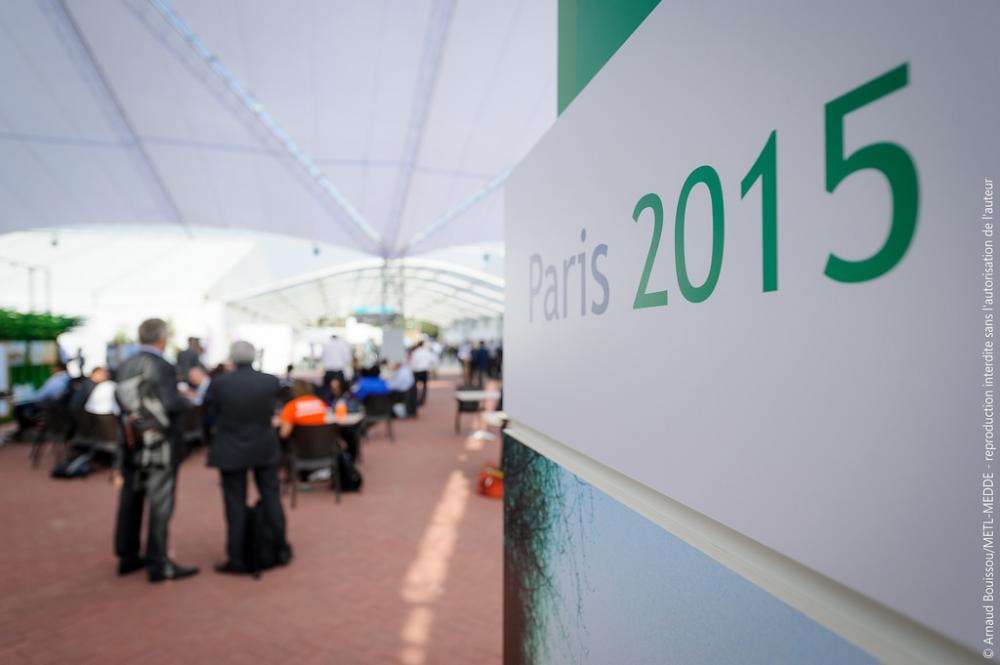
by Fronetics | Jan 19, 2016 | Blog, Current Events, Strategy, Supply Chain
The supply chain should prepare for future changes in the wake of the Paris Climate Agreement.
 The 2015 Paris United Nations Climate Change Conference of the Parties (COP) was the 21st yearly meeting of its kind. It drew attention, coming off the heels of the Paris attacks. It also garnered attention because of growing concerns about storms and flooding, ice caps melting, and increasing temperatures. The twelve-day conference hosted 185 nations, and ended with major outcomes that will certainly have an impact on how supply chains will do business.
The 2015 Paris United Nations Climate Change Conference of the Parties (COP) was the 21st yearly meeting of its kind. It drew attention, coming off the heels of the Paris attacks. It also garnered attention because of growing concerns about storms and flooding, ice caps melting, and increasing temperatures. The twelve-day conference hosted 185 nations, and ended with major outcomes that will certainly have an impact on how supply chains will do business.
The biggest outcome from the talks is the agreement to reduce the world’s greenhouse gases significantly to keep temperatures from rising 2 degrees Celsius, and a longer-term agreement to reach net-zero emissions by the second half of the century. If this goal isn’t met, it could bring terrible outcomes globally, such as the loss of entire island nations that could go completely underwater.
Even if the goal is met, there are concerns about the irreversible damage that has been done in the past decades, which indicates the necessity of the plan. The agreement is described as, “probably the most important international agreement in history” by UN Executive Director Achim Steiner.
According to Adrian Gonzalez, president of Boston-based Adelante SCM, “It’s too soon to know what impact this will have on supply chain in the near term, but considering that the agreement is voluntary and there are no enforcement mechanisms in place, my sense is that very little will change over the next twelve months.”
Here are some things supply chain companies need to be considering in the wake of the Paris Climate Agreement, despite the future being unclear:
Assessment
According to James Allan, head of environment and climate change at risk analysis company Versik Maplecroft, “Many companies will have difficulty understanding their exposure to various climate risks, so they may need to bring new skillsets into the organisation, conduct internal studies, and update policies and internal processes.” This might be a new endeavor for companies, or one that wasn’t high on the priority list in the past.
Integration
Allan goes on to say, “A key step will be integrating climate change risks into strategic decision-making and operational risk-management processes.” We will have to wait to see what our congress decides in regards to making the Paris Agreement guidelines into law in the United States. Based on the requirements, companies may have many changes to implement into their business practices.
Partnering
Assessing how partners manage risk and plan to make changes is important, as companies will want to be on the same page. Forming new partnerships with others might also be crucial, particularly if those companies are ahead of the curve on environmental compliance. “Partnerships will also be crucial for successfully managing climate risks, including with supply chain partners, governments, business partners, civil society and the wider public,” says Allan.
We will see what comes from the Paris Climate Agreement and what it has in store for the supply chain and, on a larger scale, the world.
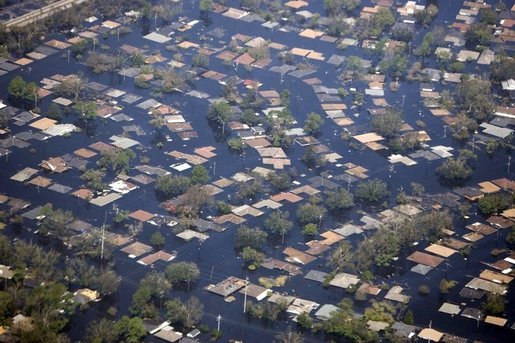
by Fronetics | Jul 22, 2015 | Blog, Current Events, Strategy, Supply Chain

We are increasingly seeing the impact of climate change. We are seeing the impact in the form of drought, wildfires, hurricanes, fires, rising sea-levels, record blizzards, and high temperatures.
The supply chain plays a significant role in climate change. Specifically, there is: damage to the ecosystem caused by industrial and commercial progress in the form of carbon emissions, improper waste removal, energy consumption, and fossil fuel extraction and processing. This damage comes full circle and poses ethical issues regarding business practices for those in the supply chain, and it also impacts business procedures when a climate-driven disaster occurs, such as flooding, drought, and hurricanes. Goods get damaged, deliveries are canceled or delayed, raw materials become inaccessible, energy sources become scarce. With one calamity alone, these can be billion dollar problems. Although overall financial losses from climate-based, weather-related disasters are difficult to measure on a global scale, according to the Intergovernmental Panel on Climate Change, “aggregate losses across the world economy have a more than 50 percent chance of being greater than 2 percent of global GDP.”
The Carbon Disclosure Project reported on a survey of more than 2,000 companies and found that “44 percent of them had suffered a disruption in production from rainfall or drought and 31 percent had experienced higher production costs.” A 2007 study led by the Organization for Economic Co-operation and Development (OECD) estimated that by 2070, seven of the ten greatest urban concentrations of economic assets that are exposed to coastal flooding will be in the developing world; none was in 2005. Assets exposed to such flooding will rise from 5% of world GDP to 9%.
In 2010, Russia’s severe heat wave caused a massive drought and spurred wild fires, ruining a huge swath of wheat crops. The losses were estimated to be $15 billion U.S. dollars. The world-wide impact was huge, as Russia’s exports were limited and global prices increased. In 2011, Thailand experienced some of the worst flooding it had ever seen. The death toll was nearly 900 people and financial losses were estimated at $5.7 billion U.S. dollars. When Superstorm Sandy hit the east coast in 2012 it caused devastating losses. The death toll was 72 and the financial toll was estimated to be in the tens-of-billions, up to $50 billion dollars. The supply chain was badly hit, especially for companies like FedEx, CSX, and many retail companies. Understandably, only Home Depot benefited from the disaster. Year after year we see huge human and financial losses, and incredible disruption to the supply chain.
Acclimatise CEO, John Firth, explains the reaction in the supply chain when disaster strikes, and the need for preparation and awareness of companies, “Pakistan’s 2010 floods caused rice production to fall, increasing crop prices. This prompted consumers to buy wheat, which increased the price of that commodity, and, in turn, the price of cookies in the U.K. In addition to identifying categories that are directly exposed, managers should think about the impacts caused by changes in the markets of substitutes.”
Companies have always had to manage supply and demand risks and supply chain disruption, but a new era is upon us. According to a PWC journal on climate change and supply chain risk, the author states, “the other major factor set to exacerbate supply-chain risk is climate change. Often overlooked, climate change adds to complexity. It amplifies or alters existing risks, for example raw material availability (e.g. water, energy) or transport disruption due to extreme weather events. The resulting shocks on the global supply chain can be severe and persistent.”
Many companies are readying themselves for disaster, and some are fighting back, and trying to reverse some of the damage to the climate.
Fronetics Strategic Advisors is a leading management consulting firm. Our firm works with companies to identify and execute strategies for growth and value creation.
Whether it is a wholesale food distributor seeking guidance on how to define and execute corporate strategy; a telematics firm needing high quality content on a consistent basis; a real estate firm looking for a marketing partner; or a supply chain firm in need of interim management, our clients rely on Fronetics to help them navigate through critical junctures, meet their toughest challenges, and take advantage of opportunities. We deliver high-impact results.
We advise and work with companies on their most critical issues and opportunities: strategy, marketing, organization, talent acquisition, performance management, and M&A support.
We have deep expertise and a proven track record in a broad range of industries including: supply chain, real estate, software, and logistics.

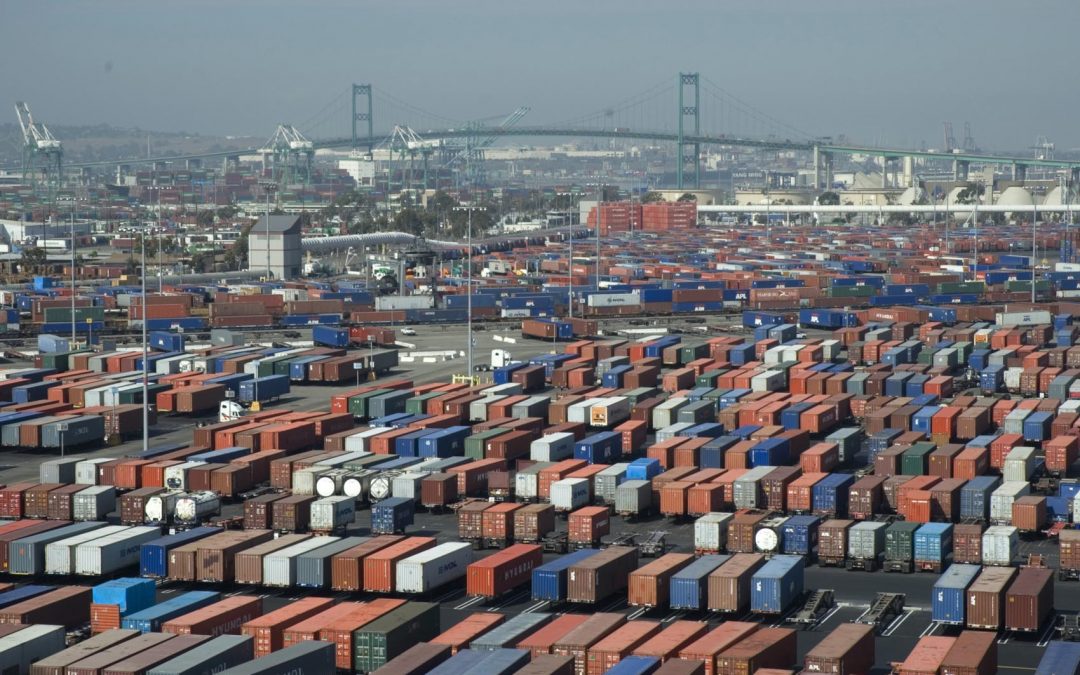
by Fronetics | Jul 21, 2015 | Blog, Leadership, Strategy, Supply Chain
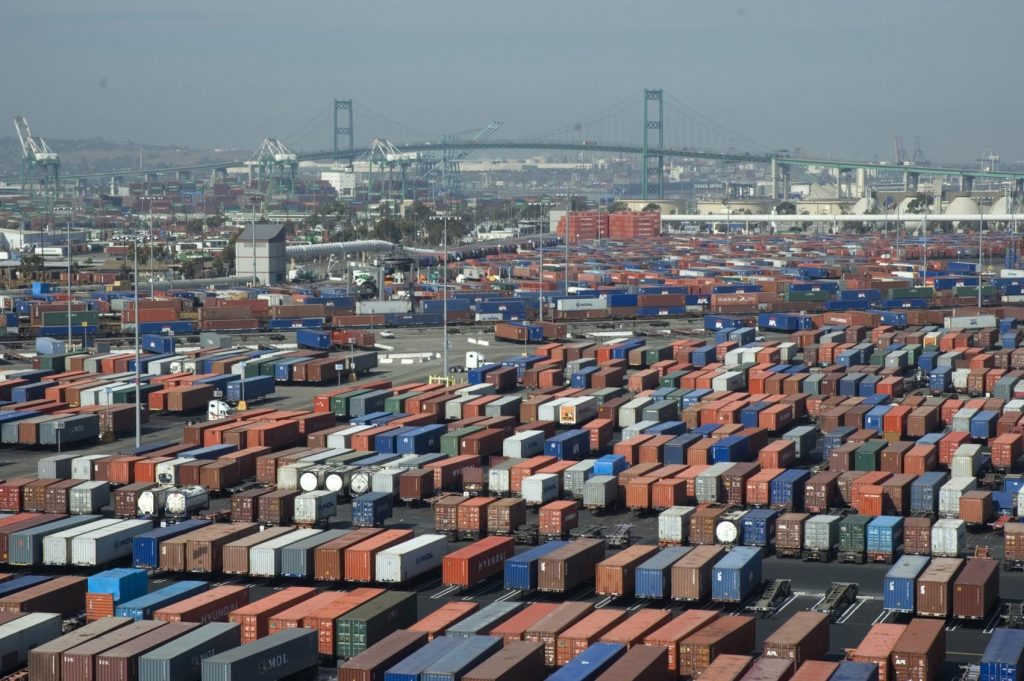
A “revolution” is what Pope Francis recently called it – the necessity for humans to change attitudes, beliefs, and behaviors in order create a sustainable ecosystem and society. In his encyclical, entitled Praise be to you – On Care For Our Common Home, he called upon all people and organizations to push against the increasing drive for power at the expense of the earth and other human beings, stating, “We are not faced with two separate crises, one environmental and the other social, but rather one complex crisis which is both social and environmental.”
Pope Francis is one large voice in a sea of voices— secular and non-secular— who have been pleading for change for decades. Recent record-breaking temperatures, storms, and droughts cannot be ignored. What is the role of each person in these battles? What is the role of governments, NGOs, companies?
The supply chain impacts: water, environment, raw materials, energy, animals, humans – essentially the entire planet and those who exist on it.
Cathy Morris, senior vice president and chief strategy officer for Arrow Electronics, Inc., calls attention to the fact that “everything hinges on an effective supply chain.” Specifically: “Products can be made, money can be invested, ideas can be brought to fruition, but without the supply chain everything stops.” The scope of influence of this trillion dollar industry has a significant impact on our planet and our environment.
In an interview with the Harvard Business Review, Peter Senge states that the perception of sustainability must shift, “They might not say this, but most companies act as if sustainability is about being less bad. There’s certainly a need to reduce your carbon footprint. But people don’t get excited about incremental changes like that. They need a more ambitious vision.”
The supply chain holds within it the power to impact many things, from stocking your grocery and clothing stores, to making the cars you use to get to those stores, or the pieces of the computer you use to purchase those things online. The supply chain is also the packing and the raw materials to make the packing. It’s the boat, the truck, the train, and the plane to move the materials. From the products to the moving of products, there are few areas of daily living that does not involve the supply chain.
The supply chain also holds within it the power to impact the sustainability of the ecosystem. In the past several decades we have seen increasing evidence that human behavior is altering the state of the earth. According to PWC, “While climate change and increasing temperatures now seem inevitable, there are high levels of uncertainty about the manifestations and magnitude of their impact. What is certain, though, is that climate change will have a multiplier effect on supply chain risk.”
In the 1980s we saw that we, as individuals, were contributing to the hole in ozone layer by emitting man-made gases. Although the ozone appears to be slowly recovering, a larger issue looms: greenhouse gases. The three main gases that traps and heat the earth, Carbon Dioxide (72% of total), Methane (18% of total), and Nitrous Oxide (9% of total), come from our need for energy (power stations 21.3% and Fossil fuel retrieval 11.3%), products (industrial processes (16.8%), transportation (14%), and food (agricultural byproducts) 12.5%) rounding out the top emitters by sector.
In our contemporary pursuit for an easier life, people consume more products, energy, and water. We desire heat when it’s cold, air-conditioning when it’s hot. We want to travel in cars and planes. We want more, better, faster, cheaper. According to the NASA website, “In its Fourth Assessment Report, the Intergovernmental Panel on Climate Change, a group of 1,300 independent scientific experts from countries all over the world under the auspices of the United Nations, concluded there’s a more than 90 percent probability that human activities over the past 250 years have warmed our planet.” The same report showed that “climate change is a material risk to supply chains across industries, and according to the CDP, more than 50 percent of an average corporation’s carbon emissions typically come from the supply chain.”
According to BSR’s report, Business Action for Climate-Resistant Supply Chains, there are five areas of supply chain climate risks that require consideration by all companies:
- The physical risk to suppliers’ assets and operations
- The risk of reduced availability or increased costs of inputs
- The risk of changing regulations in sourcing or distribution markets
- The risk of climate-related disruptions in communities that impact supplier workforce availability and productivity
- Stakeholder, or reputational, risk
We know the facts, we know much of the damage, so now what? Humans contribute, the supply chain contributes. At this point people want to move beyond the blame game and work to improve and, in some cases, reverse the damage. There’s an expectation that individuals will help in this effort, driving more efficient cars, finding renewable sources of energy, and focusing on recycling, but companies are also being asked to do their part, particularly the vast world of the supply chain. According to the UN Global Compact website, “A company’s entire supply chain can make a significant impact in promoting human rights, fair labour practices, environmental progress and anti-corruption policies. However, UN Global Compact participants rank supply chain practices as the biggest challenge to improving their sustainability performance.”
Fronetics Strategic Advisors is a leading management consulting firm. Our firm works with companies to identify and execute strategies for growth and value creation.
Whether it is a wholesale food distributor seeking guidance on how to define and execute corporate strategy; a telematics firm needing high quality content on a consistent basis; a real estate firm looking for a marketing partner; or a supply chain firm in need of interim management, our clients rely on Fronetics to help them navigate through critical junctures, meet their toughest challenges, and take advantage of opportunities. We deliver high-impact results.
We advise and work with companies on their most critical issues and opportunities: strategy, marketing, organization, talent acquisition, performance management, and M&A support.
We have deep expertise and a proven track record in a broad range of industries including: supply chain, real estate, software, and logistics.








